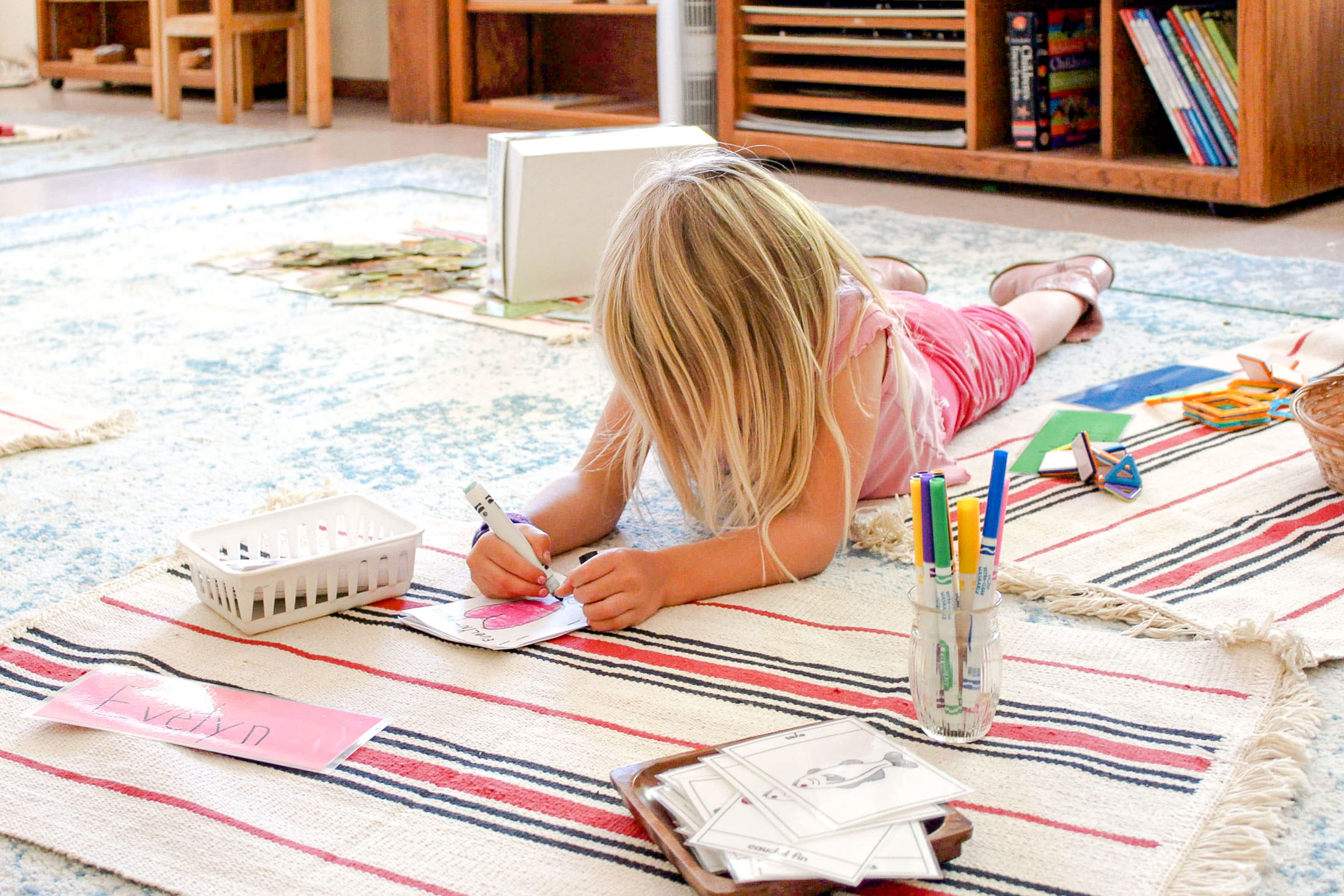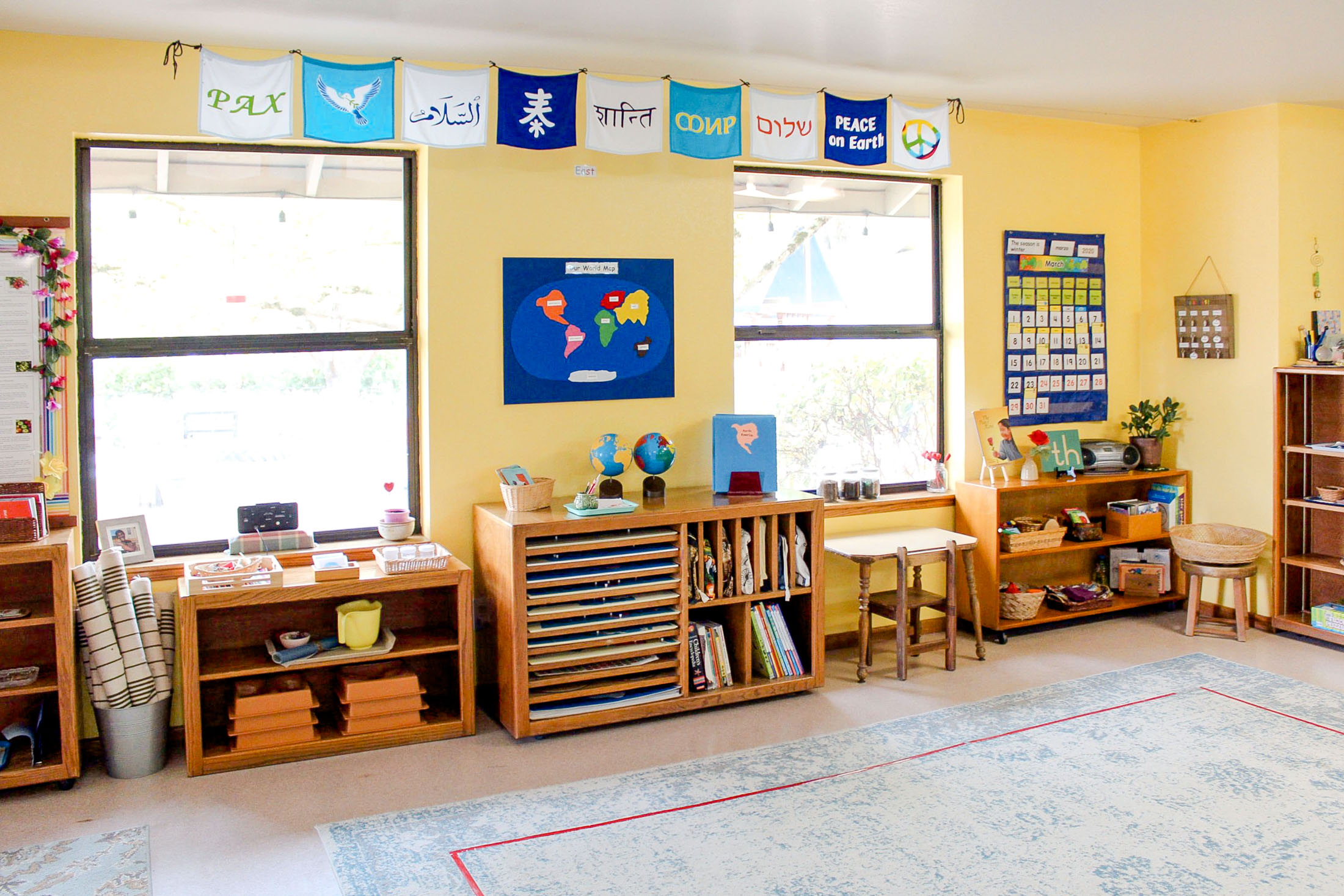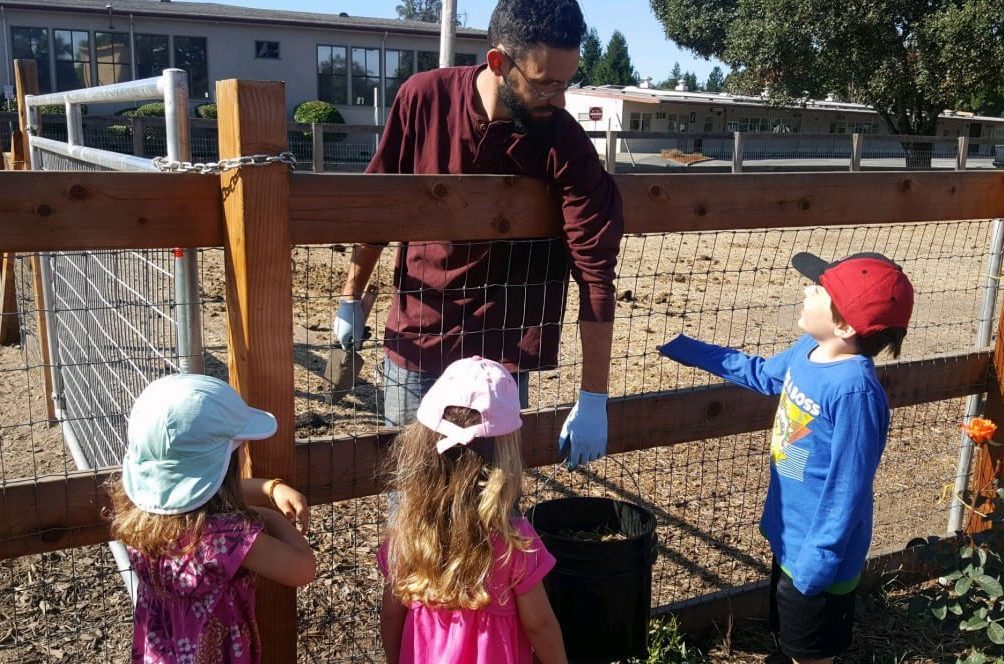Our Approach

The academic foundation of our program was developed by Dr. Maria Montessori, an Italian physician and education innovator, whose pioneering efforts to develop a child-centered approach led to eight essential principles out of which the Montessori Method is derived:
1
That movement and cognition are closely entwined, and movement can enhance thinking and learning.
2
That learning and well-being are improved when people have a sense of control over their lives.
3
That people learn better when they are interested in what they are learning.
4
That tying extrinsic rewards to an activity, like money for reading or high grades for tests, negatively impacts motivation to engage in that activity when the reward is withdrawn.
5
That collaborative arrangements can be very conducive to learning.
6
That learning situated in meaningful contexts is often deeper and richer than learning in abstract contexts.
7
That particular forms of adult interaction are associated with more optimal child outcomes.
8
That order in the environment is beneficial to children.
– Excerpted from “Montessori, The Science Behind the Genius,” by Angeline Stoll Lillard, New York, Oxford University Press (2008)
Using these principles as a guide, our core program at Rainbow Bridge includes a thoughtful and lovingly prepared environment incorporating the traditional Montessori academic areas and ample opportunities for exploration, inquiry and joy.

Prepared Environment
The “prepared environment” refers to the design and physical set up of the classroom, playground, and materials. We give equal importance to the general comfort and aesthetics of our space – things that cannot be physically seen but can be felt.
Our classrooms are “prepared” to foster a peaceful, uncluttered, safe and warm learning environment. Children understand that their school is their own, and that they are free and safe to explore their environment.
The traditional Montessori areas included are: Grace & Courtesy, Practical Life, Sensorial Development, Language, Mathematics, Science, and Culture & Geography. Montessori educational materials are inviting and beautiful, naturally drawing in children to work with them and learn. Children at various developmental stages have access to appropriate materials. These materials are “self-correcting,” allowing children to independently problem-solve and as a result gain confidence.
Art is emphasized to foster children’s innate creativity. An open-ended art studio has an important place in our classroom, and art-based activities are incorporated into our school day and after-school enrichment program.

Inquiry & Exploration
Children may follow their interests and curiosities, and are encouraged to ask questions and dig deeper. Our teachers support our curious learners by providing necessary materials and tools for them to continue to grow.
Our teachers consider themselves active learners alongside the children. As a team we focus on art, culture and environmental studies as subjects of our own continuing education. We share our interests with the children and engage with them in an authentic way.
Additionally, structured projects are collaboratively developed as a part of our Sustainable Communities Program. Our studies are done in the classroom and on walking field-trips. Our current projects include:
- Farm “Internships” at Veronda Falletti Ranch: Our children visit the ranch to take part in activities and studies on sustainable farming and animal care. This program is implemented with our community partner, Farmster.
- Ecology & Environment: Our children visit and study ecological sites of importance, such as the Laguna de Santa Rosa wetland complex right in our own town.

